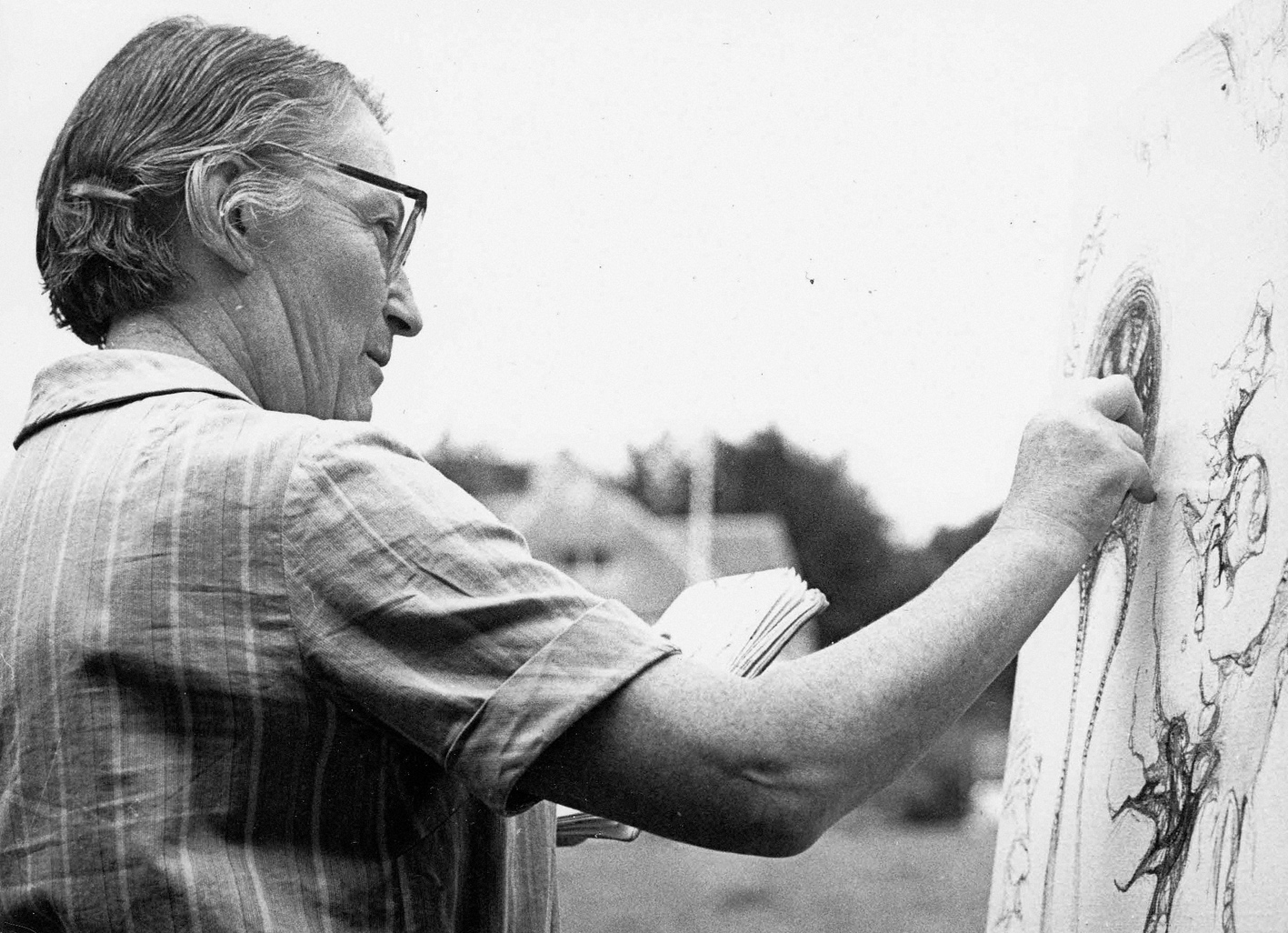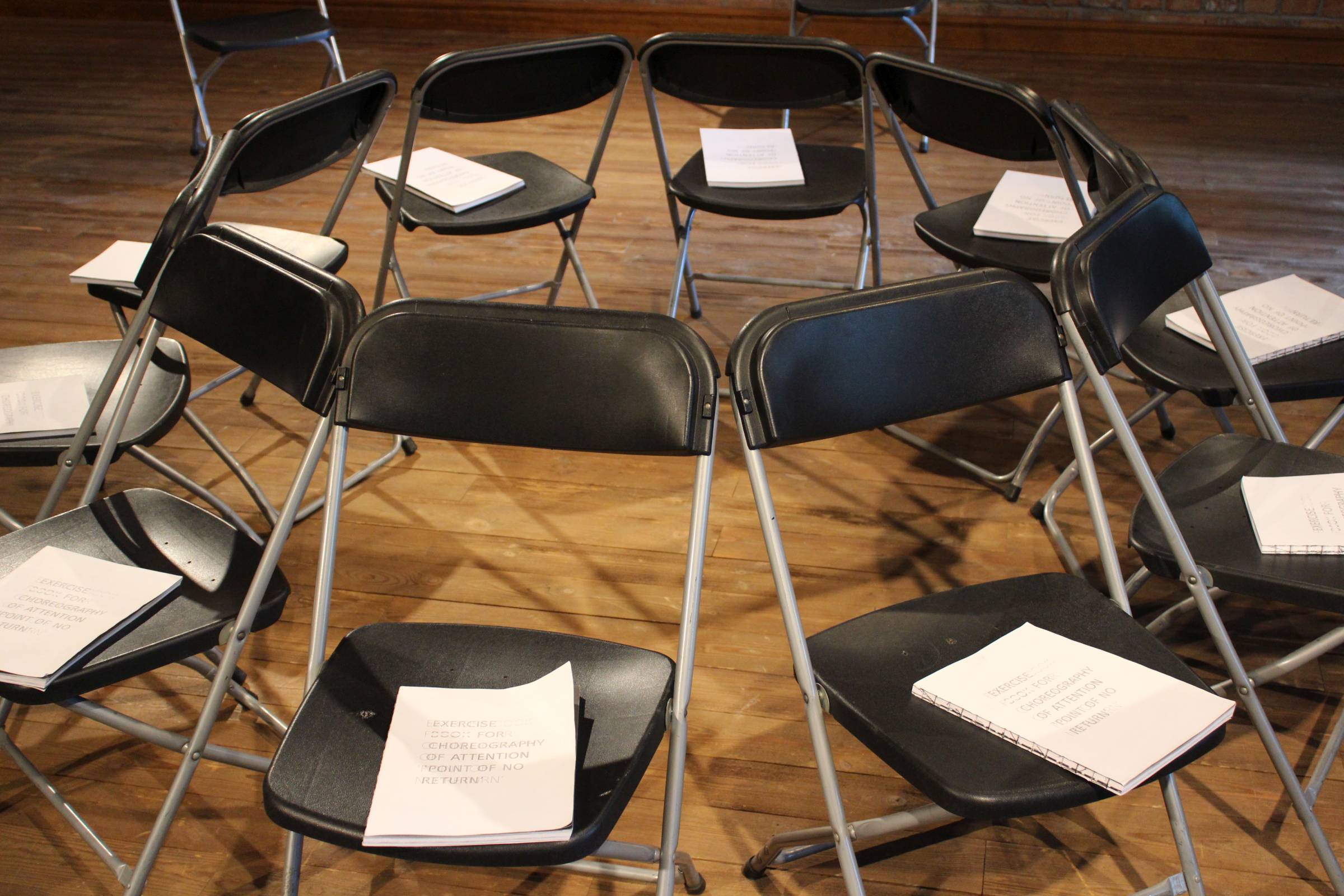The exhibition created for 100th anniversary of the artist’s birth. “Erna Rosenstein: Organism” by curators Dorota Jarecka and Barbara Piwowarska aimed not only at celebrating the centenary but also at focusing attention on lesser-known and forgotten themes in her work.
Rosenstein’s Organism is a painting from 1968, depicting the interior of a body which is also a machine. It is an organism-mechanism: discreet, feminine, but also predatory. This remarkable, but little-known painting shows – as if seen with an inner eye – the complex mechanism of the body. The work anticipates feminist issues that would re-emerge later in women’s art, including corporeality, sensuality, and difference. Born into a Polish- Jewish family, Rosenstein spent a happy childhood in Lviv and Kraków. Maturing and studying art in the 1930s, an era of modernization and the eve of the Holocaust, the artist knew the experience of alienation, of l’abject. The concept of the abject, formulated by Bataille, describes that which is “formless” and rejected by the system as revolting, that which does not fit into normative social mechanisms, evoking disgust and resulting in its being considered a waste product. The mechanism of l’abjection was best understood by the surrealists, who consciously raised the status of “objects of the lowest rank”.
“A screen for projecting thoughts has long existed – this is what painting is,” Rosenstein said. She thought of paintings like frames of a film, which can already been seen in early works such as Cyclists (1952), part of the Grażyna Kulczyk Collection in Poznań, and Screens (1951), from the Museum Sztuki in Łódź. Her drawings resemble surrealist “automatic writing”. Her objects, which were displayed in an exhibition at the Foksal Gallery Foundation in Warsaw in 2011, are made of plastic, refuse and broken pieces, and speak of the randomness and temporality of both human life and artistic gestures.
In the exhibition Erna Rosenstein: Organism at the Art Stations Gallery in Poznań, we will rarely displayed paintings, drawings and objects from the Grażyna Kulczyk Collection and from a number of museums and private collections across Poland. In the 1930s, Erna Rosenstein studied at the Academies of Art in Vienna and Kraków. When the Germans invaded in 1939, she moved to Lviv. In 1941, she was forced into a ghetto, from which she managed to escape the following year. She survived the war in hiding by living under assumed names. In 1948, she took part in the famous 1st Modern Art Exhibition in Kraków, and in 1958, she had her first solo exhibition at the Krzywe Koło Gallery in Warsaw. At about this time, she co-founded the Krakow Group together with a group of artists she knew from her student days, Tadeusz Kantor, Jadwiga Maziarska and Jonasz Stern. In Warsaw, she was associated with Miron Białoszewski, and had close ties with Henryk Stażewski and Edward Krasiński.
Rosenstein received substantial publicity from her solo exhibition in Zachęta in 1967, which was arranged by Tadeusz Kantor, and to which various parts of the exhibition in the Art Stations Gallery alluded. The exhibition featured Rosenstein’s first showing of her wardrobe-object, and Kantor’s extraordinary installation “mechanism-body”, designed to present her smaller works. The exhibition at the Art Stations Gallery returned to the past, but also looked into the future. Its narrative included the films of Charlie Chaplin, Anna Zaradny, Maya Deren and Anna Molska. Erna Rosenstein, like other artists of the Polish avant-garde, from Franciszka and Stefan Themerson to Andrzej Pawłowski, was fascinated by the film image, and herself created visual film screenplays, as if she envisaged that the films of others would ultimately lead to her finding herself in her own.





















